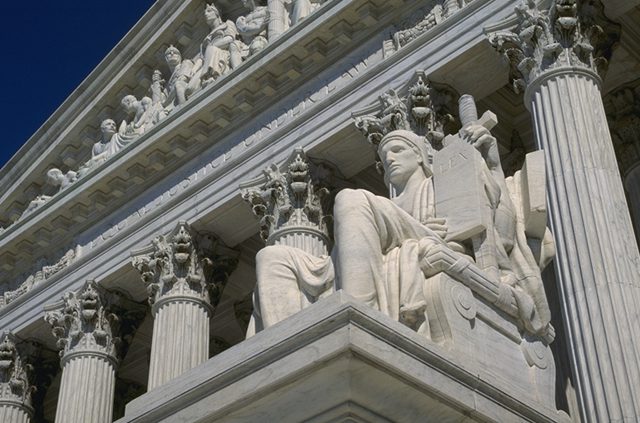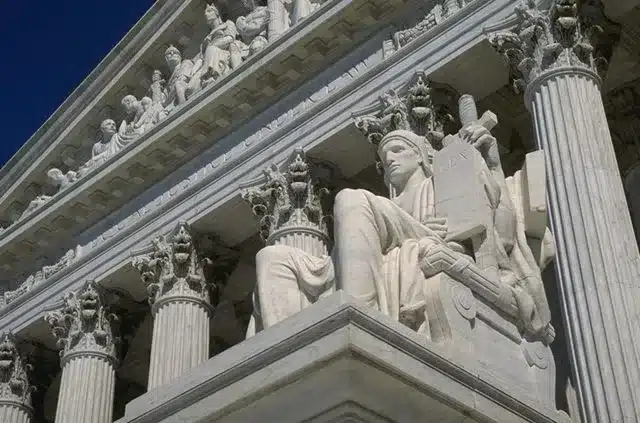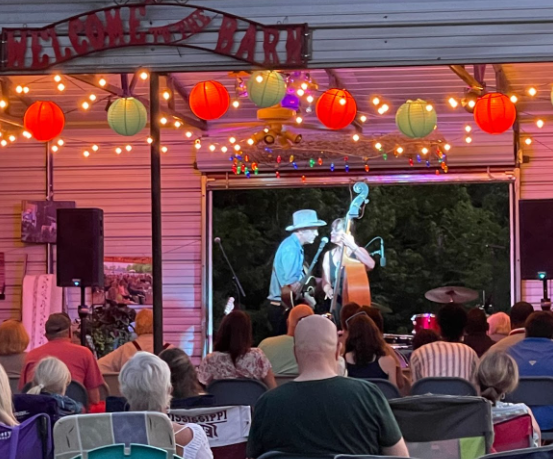This article first appeared on the Magnolia Tribune.

Courtesy of the Mississippi Driver Service Bureau
- The Mississippi Driver’s Service Bureau began implementation of the new REAL ID licenses in 2018.
The full enforcement deadline for Real ID use is less than a year away.
REAL ID is a secure form of identification that meets federal security standards for state issued licenses, driver license permits or identification cards.
According to the U.S. Department of Homeland Security, the REAL ID Act was passed by Congress in 2005 in response to a recommendation by the 9/11 Commission. The Act set forth a set of standards for anti-counterfeiting security measures using documents and records to provide assurance that the identity of a person is accurate.
The original deadline for full enforcement of REAL ID forms of identification was May 3, 2023, but due to the COVID-19 pandemic, that deadline was moved to May 7, 2025.
Officials at the Homeland Security believe the use of these forms of identification will assist Transportation Security Administration (TSA) in its duties at security checkpoints for airports and domestic travel.
“Since enactment of the REAL ID Act in 2005, advancements in technology have enabled TSA to make significant improvements in checkpoint screening, particularly in the areas of identity management, on-person screening, accessible property screening and alarm resolution,” the Department of Homeland Security outlined in a statement.
The federal agency went on to say that TSA also increased its vetting capability through Secure Flight, a risk-based passenger prescreening program that enhances security by identifying low and high-risk passengers before they arrive at the airport by matching their names against trusted traveler lists and watchlists.
“REAL ID requirements will strengthen these improvements further by providing an additional layer of confidence in the identity of the traveler,” Homeland Security stated.
Persons 18 or older who wish to access particular federal buildings, board a commercial airliner that is federally regulated, or want to enter a nuclear power plant will need a REAL ID.
After the enforcement deadline, anyone wishing to access these facilities or fly domestically will be required to present a REAL ID or a passport.
The Mississippi Driver’s Service Bureau began implementation of the new REAL ID licenses in 2018. The Bureau, part of the Department of Public Safety, stated that REAL IDs are not necessary to drive, vote, conduct banking transactions, apply for federal benefits or enter a hospital, federal court or a post office.
“If you do not have your REAL ID, you may visit any Mississippi driver license station to purchase a duplicate or renewal driver’s license or identification card or for faster service, schedule an online appointment at www.dps.ms.gov,” the Driver’s Service Bureau outlined in a recent statement.
To obtain a REAL ID at a Mississippi driver’s license station, applicants will need to bring their social security card, birth certificate, and two forms of proof of residency that show the applicant lives within this state. Some examples of proof of residency include a utility bill, bank statement, firearm permit, student ID that includes a photo, and a voter registration card. For the full list of acceptable forms of proof of residency, visit here.
The Mississippi Driver’s Service Bureau said permits for firearms cannot be used as a form of REAL ID since it is not eligible for use as official identification.
When all of the proper identification is provided, the driver’s license or identification card issued to an applicant will have a gold circle with a star in the middle indicating it is a REAL ID.
This article first appeared on the Magnolia Tribune and is republished here under a Creative Commons license.
Read original article by clicking here.

















